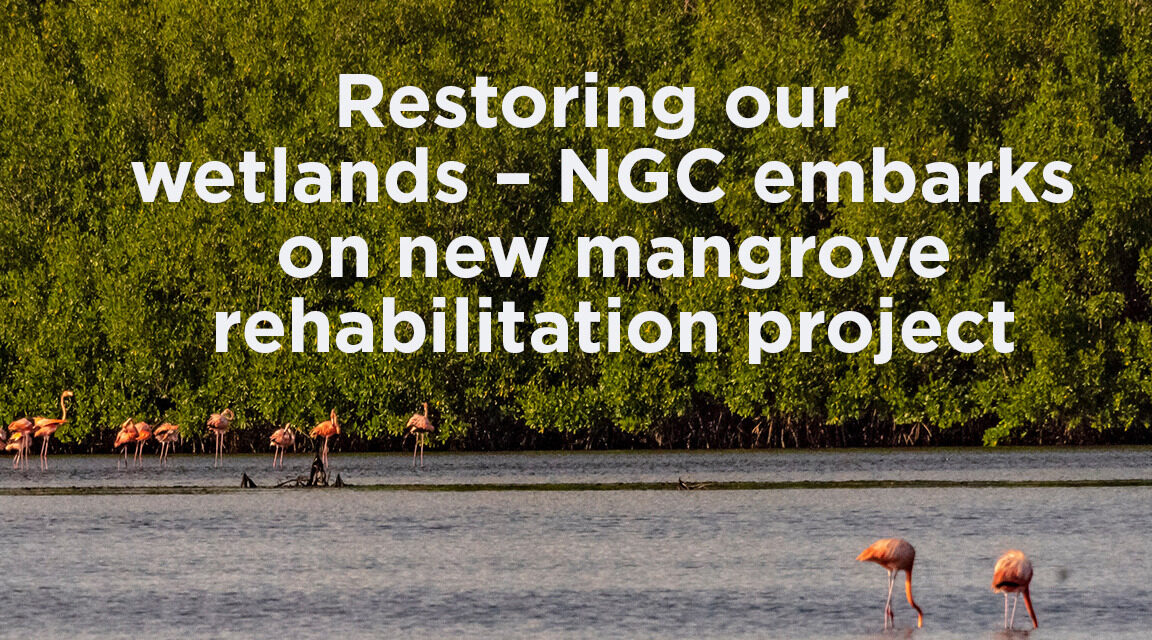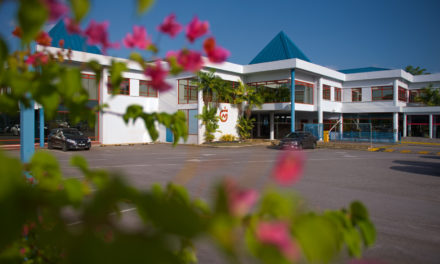In the quiet evening of the Caroni Swamp, against the canvas of a sunset sky, hundreds of scarlet ibis make for home from across the Gulf of Paria, settling atop the stilted mangroves like red blossoms. Flat-bottomed boats glide across the water, ferrying mesmerised visitors through and past, to witness this daily spectacle in the company of trilling insects and more reclusive wetland creatures.
For many years, through boat tours of the west-coast Caroni Swamp, locals and tourists alike have experienced in microcosm the beauty and biodiversity of Trinidad and Tobago’s mangrove forests, which grow in wetland or coastal intertidal zones. Although popularised as a bird sanctuary, the mangroves of the Caroni wetlands—and others around the country—are a productive habitat for many marine and freshwater species of flora and fauna. However, these ecosystems do more than just house a menagerie of life. They provide valuable geographical, socioeconomic and climate change mitigation services. Unfortunately, mangrove wetlands are being lost or degraded due to urbanisation, agriculture, pollution and other factors linked to land use and settlement.







